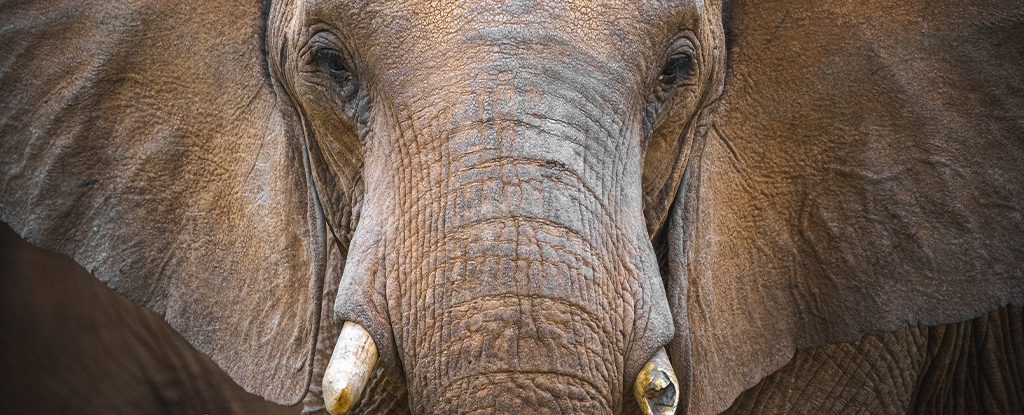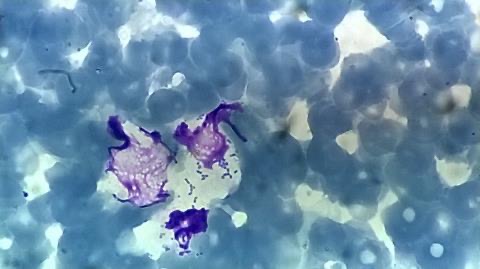
In late August 2020, wildlife veterinarian Chris Foggin, donned in protective gear, was conducting a post-mortem on an elephant suspected of anthrax-related death when he received a call informing him of additional casualties.
The following day, under the scorching Zimbabwean sun, another five lifeless elephants were discovered. Recognizing the challenge of reaching all carcasses in time, Foggin and his team swiftly collected post-mortem tissue samples before decomposition set in.
By November, the death toll had reached 35 African elephants (Loxodonta africana) in north-west Zimbabwe, near Botswana where over 350 elephants had perished months earlier.
Concerns mounted as conventional causes like poaching, starvation, and anthrax were ruled out. In September 2020, Botswana attributed their elephant deaths to an unspecified cyanobacterial toxin possibly contaminating watering holes.
Fast forward three years, a new culprit emerged for the 35 mysterious elephant deaths in Zimbabwe: a Pasteurella bacterium resembling Bisgaard taxon 45, previously linked to other wildlife infections but not known to be fatal to African elephants.
Examining tissue samples in his Victoria Falls Wildlife Trust lab, Foggin observed multiple organs with ruptured blood vessels, leading him to suspect hemorrhagic septicemia or blood poisoning.
Many blood samples on microscope slides showed bacterial colonies, and from one elephant’s brain, liver, and spleen tissue, significant growth of Pasteurella bacteria resembling Bisgaard taxon 45 was identified.

In total, six out of the 15 sampled elephants exhibited genetic or biochemical evidence of Bisgaard taxon 45, with no detection of poisons, toxins, or viral infections.
Highlighting the escalating threats to elephant conservation, wildlife veterinarian Chris Foggin and colleagues state in their October paper that bacterial septicemia now joins the list of concerns, alongside tuberculosis, anthrax, and malicious poisoning.
Despite exhaustive investigations into the outbreak, the source of infection and transmission route remains elusive. In an area of approximately 50 square kilometers, at least 11 elephants, highly social animals, succumbed within roughly 24 hours, creating a dramatic and swift event, as Foggin told National Geographic.
Preceding the outbreak, consecutive poor rainy seasons led to drought conditions, as reported by The Guardian. The researchers suggest that the heat and drought might have triggered the Pasteurella bacteria, which is typically harmless in other animals, to become infectious or spread among elephants.
In a similar heatwave incident in 2015, a Pasteurella species claimed the lives of around 200,000 antelopes in central Kazakhstan.
The team suggests a multifactorial explanation, considering stress from poaching and a dry 2019 in Botswana. However, many questions about Bisgaard taxon 45 and the 2020 Zimbabwe mortality event remain unanswered, as noted by veterinary epidemiologist Laura Rosen in a recent blog post recounting the events.
To address these uncertainties, the Victoria Falls Wildlife Trust is now equipped to test for Pasteurella Bisgaard taxon 45. The organization plans to continue searching for the bacterium in elephants and large carnivores, revisiting samples from previous elephant deaths.
Describing the significance of finding septicemia as a cause of sudden mortality, Rosen writes, “It gives wildlife veterinarians and conservationists a new and important differential diagnosis to consider going forward.”
The study’s findings were published in Nature Communications.





